
It’s hard to imagine anything that’s been photographed more than the Eiffel Tower. Since it opened in 1889, the elegant structure has long been an iconic symbol of Paris, a destination for those visiting the city, a site impossible to ignore. For many, the sleek tower—effortlessly gliding skyward, spectacular at night—is a physical manifestation of love and romance. But it’s not as if the structure was always without its critics.
Back when designs were unveiled in the 1880s, a group of artists strongly protested its construction, calling it useless and monstrous, an indignation of French taste. Sacrebleu! Its engineer, Gustave Eiffel, likened it to the pyramids and predicted it would eventually become beloved by Parisians and visitors alike. He was right. The Eiffel Tower started its ascent in 1887, and when it was completed two years later, it became the tallest man-made structure ever built at 1,063 feet, surpassing the Washington Monument and holding onto the title of tallest in the world for four decades. An estimated 30,000 people climbed the stairs up into the tower in the first few weeks it opened before elevators had even been installed. It was an instant hit.
Throughout the 20th century, the tower became more than a tower, and more than a symbol of Paris. During World War I, France placed a radio transmitter inside it to jam German radio communications. In World War II, it became a Nazi prize when Germany scaled the structure and planted a swastika on top. Over the years, people have bungee jumped from it. Pilots have attempted to fly underneath it (with disastrous results). By the end of the century, it took on another dimension for Paris’s Millennium Celebration when 20,000 light bulbs were installed on the tower, adding a spectacular modern touch that allows it to illuminate each night.
On March 31, the Eiffel Tower will turn 125 years old—and its never been more popular. More than 250 million people have visited the structure since it opened, attracting 6 million people each year and making it the most-visited paid monument in the world.
To commemorate its birthday and exclusive to TIME, Paris-based photographer Lauren Fleishman has been trying to capture the tower in a way it’s never been shot before. But it wasn’t easy.
“The first thing that came to mind was, Ok, this is one of the most photographed monuments in the world,” Fleishman says. “Everybody comes here and they want to take a good picture of it. So, figuring out how to do it in a way that was unique to me took a lot of effort.”
Fleishman says she wanted to show what the tower means to people, both Parisians and tourists alike. For some, the Eiffel Tower means vacation. For others, the tower says employment. For some, it’s a first kiss.
Fleishman spent hours just looking at the monument, milling around it and underneath it, studying how people interact with it. Her drive to capture it from unique angles produced one shot of the tower framed through the window of a private residence. In another, she photographed two women embracing at top of the monument.
“I think that was a really beautiful moment,” she says. “I looked for moments like that, where people were experiencing the tower, looking out at Paris. For some people, it’s their dream to come here and see it. So that’s how I tried to approach it.”
Lauren Fleishman is an award-winning photographer based in New York City and Paris. See more of her work here and or on LightBox here
Josh Sanburn is a writer/reporter for TIME in New York. Follow him on Twitter @joshsanburn.
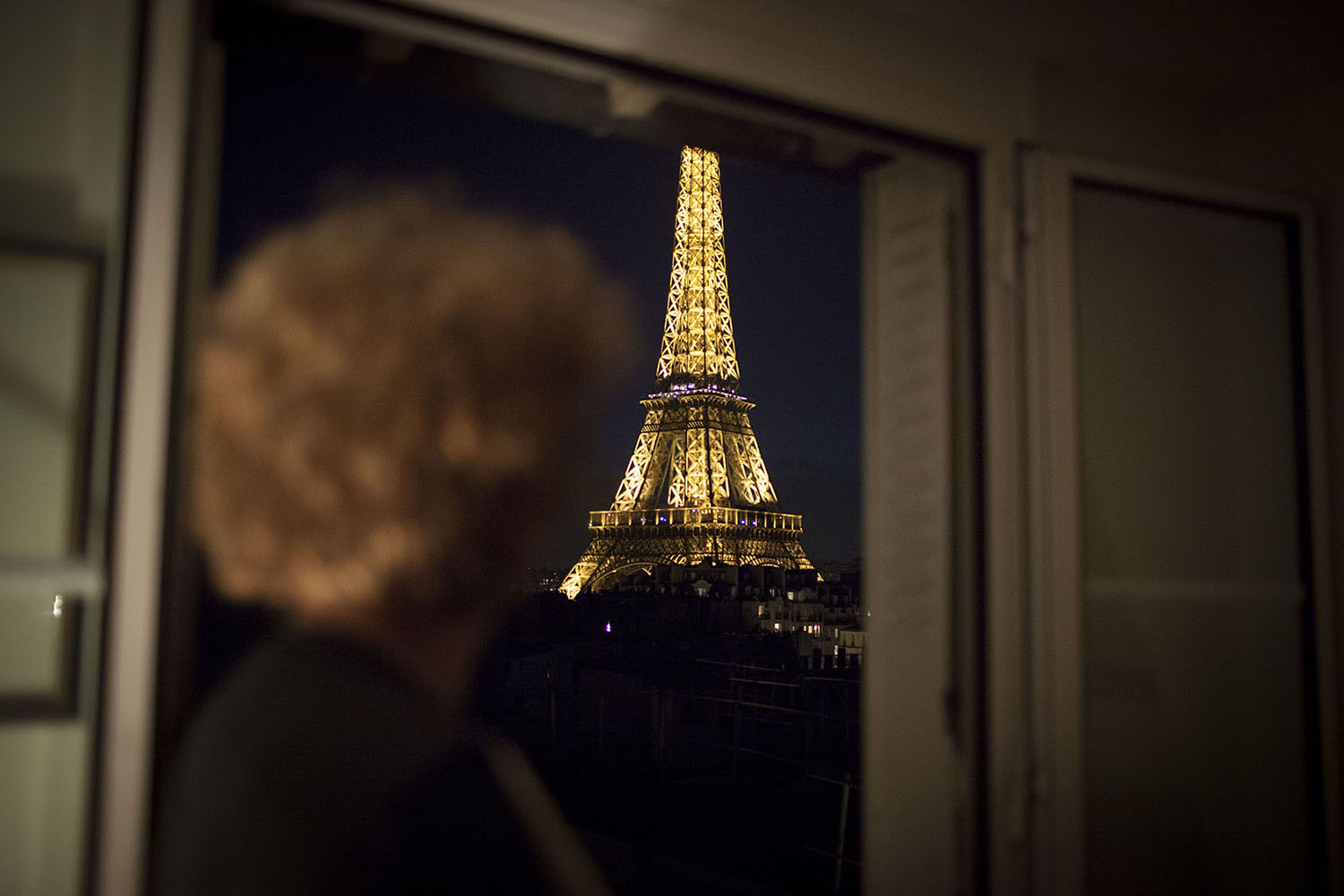

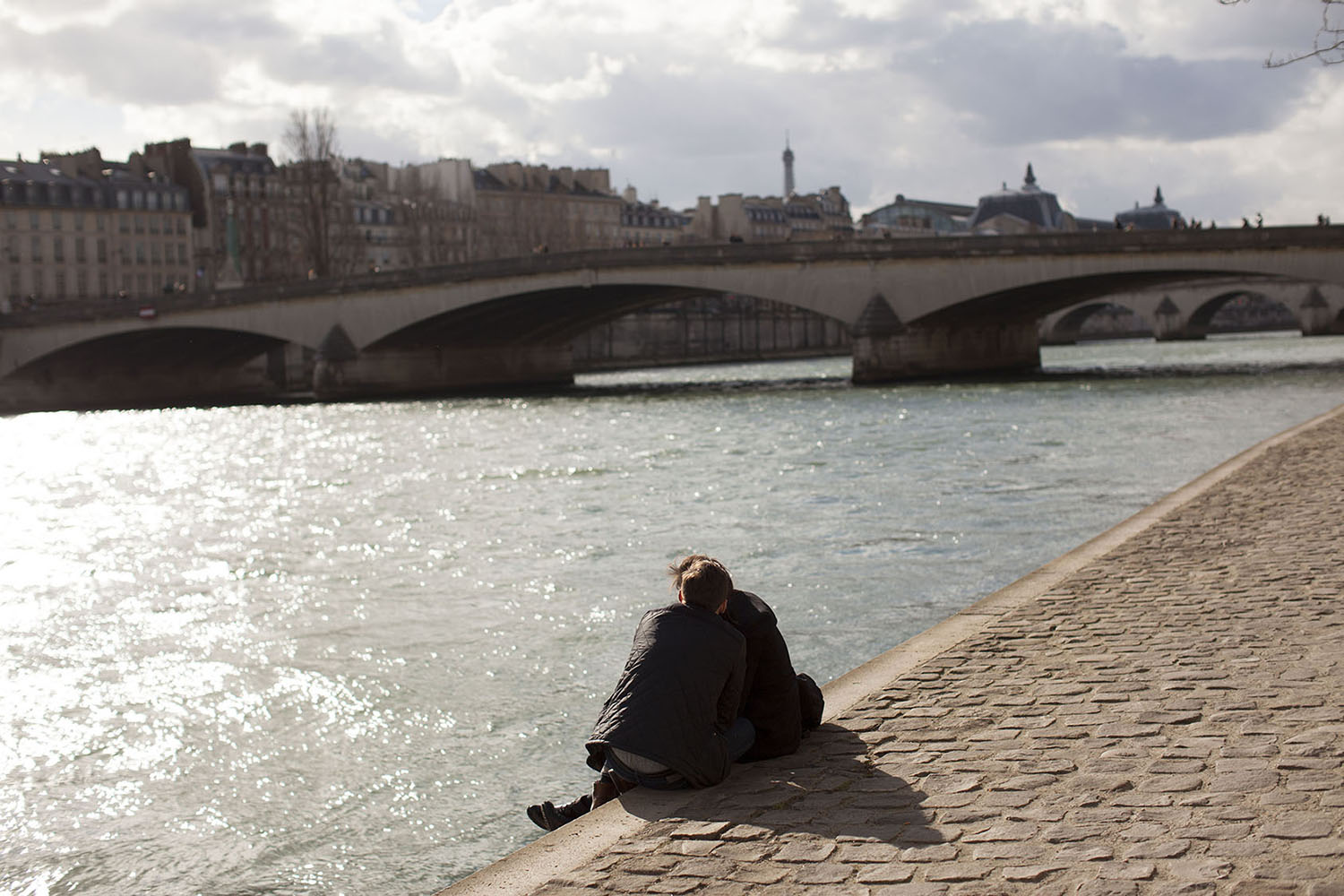

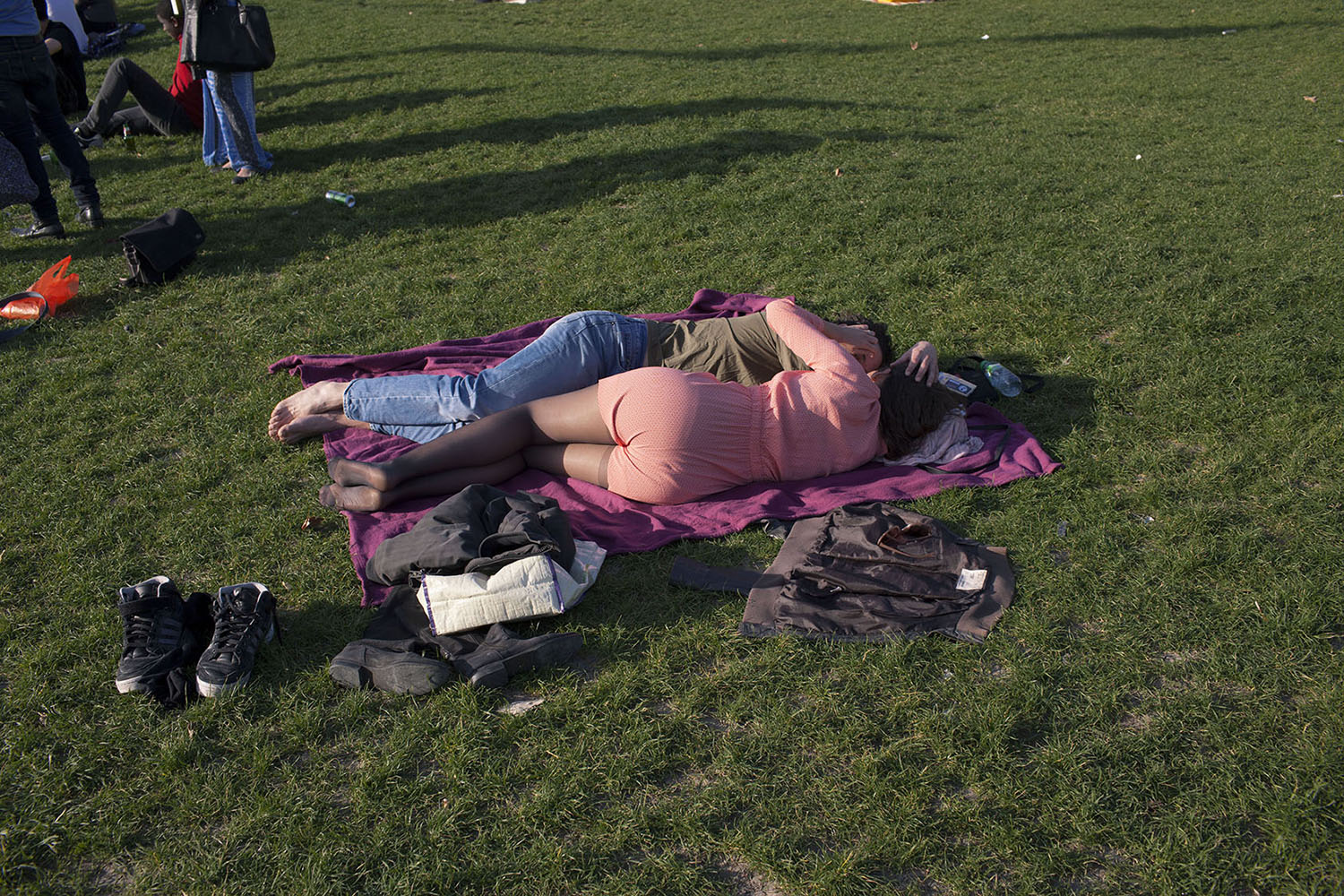
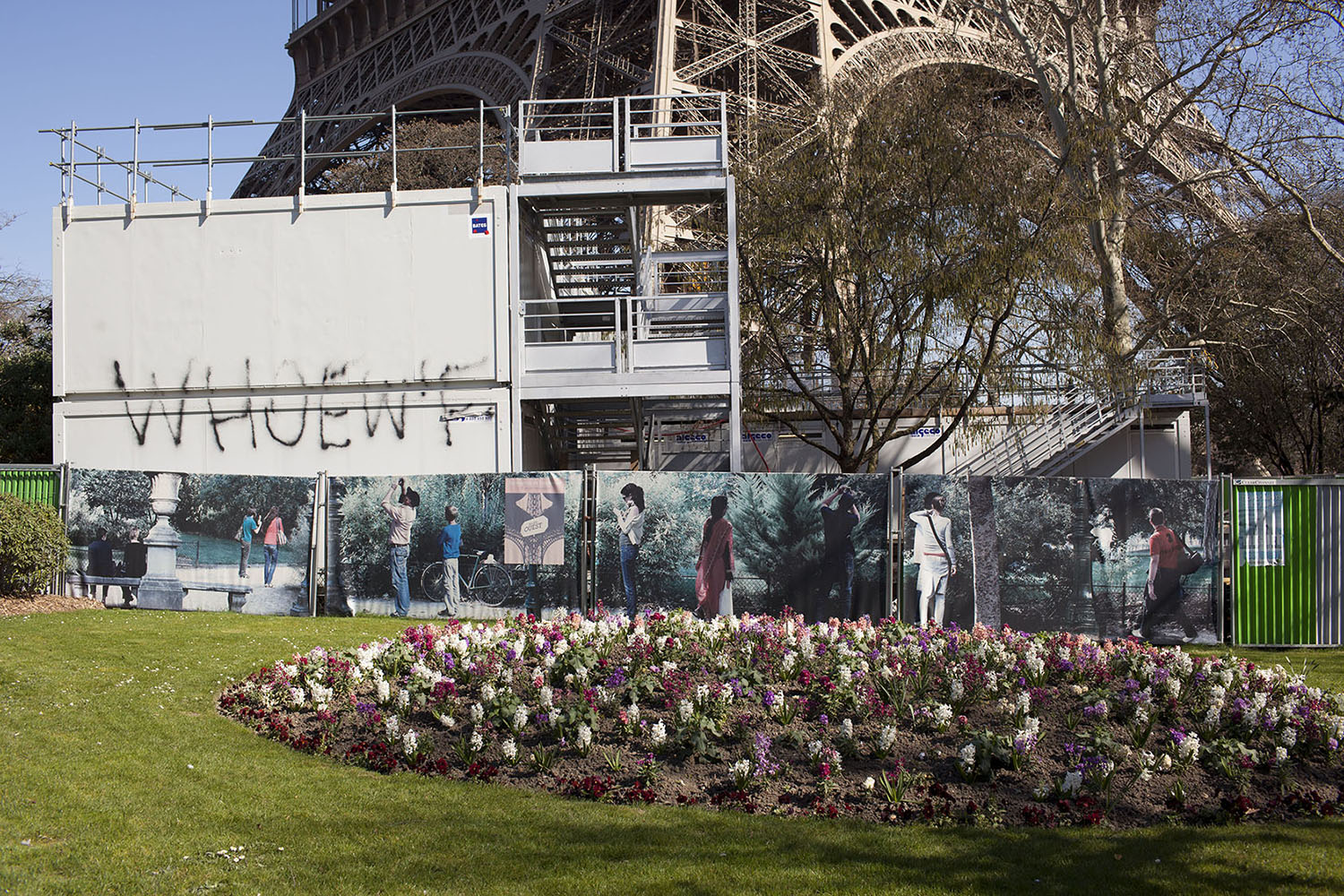

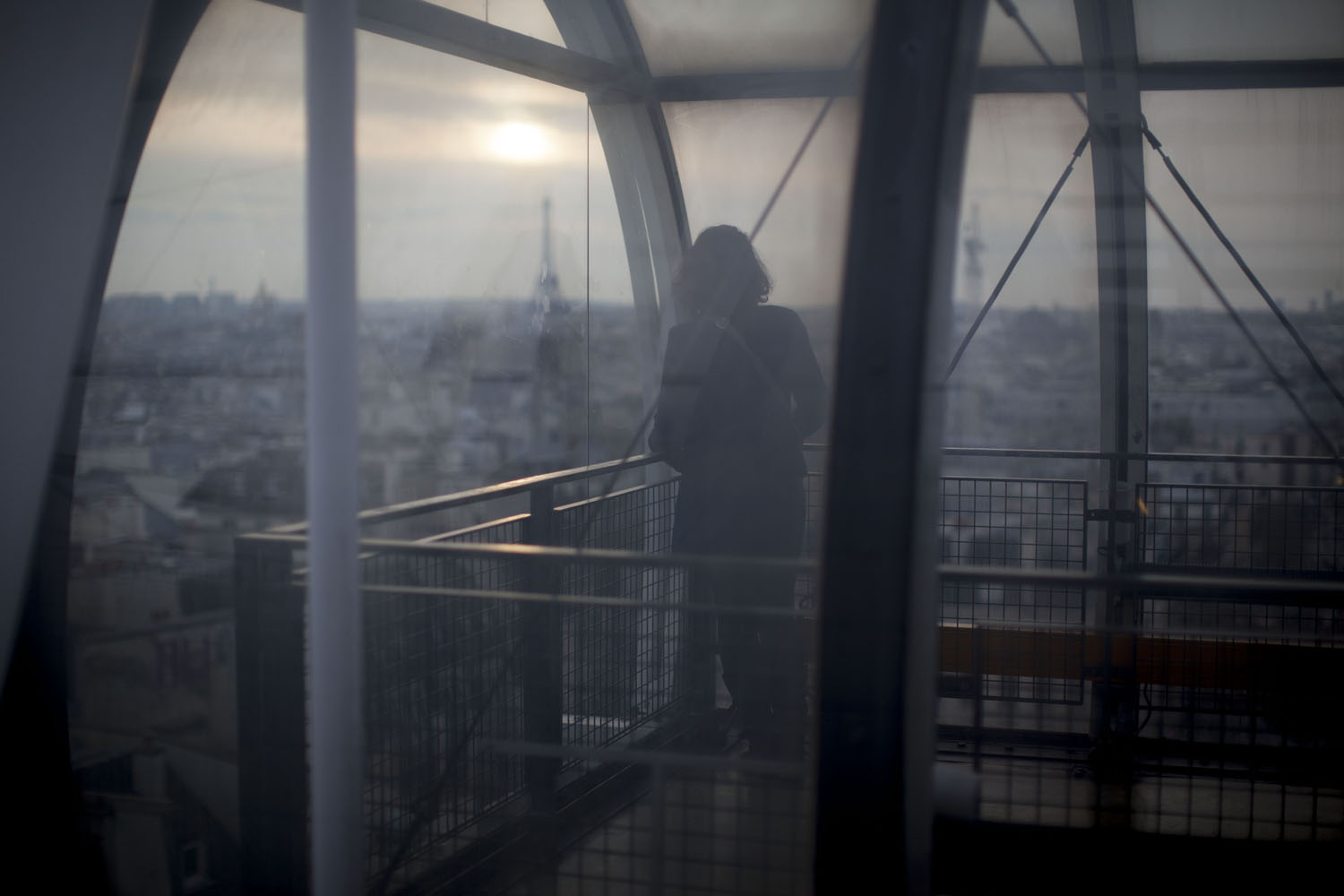
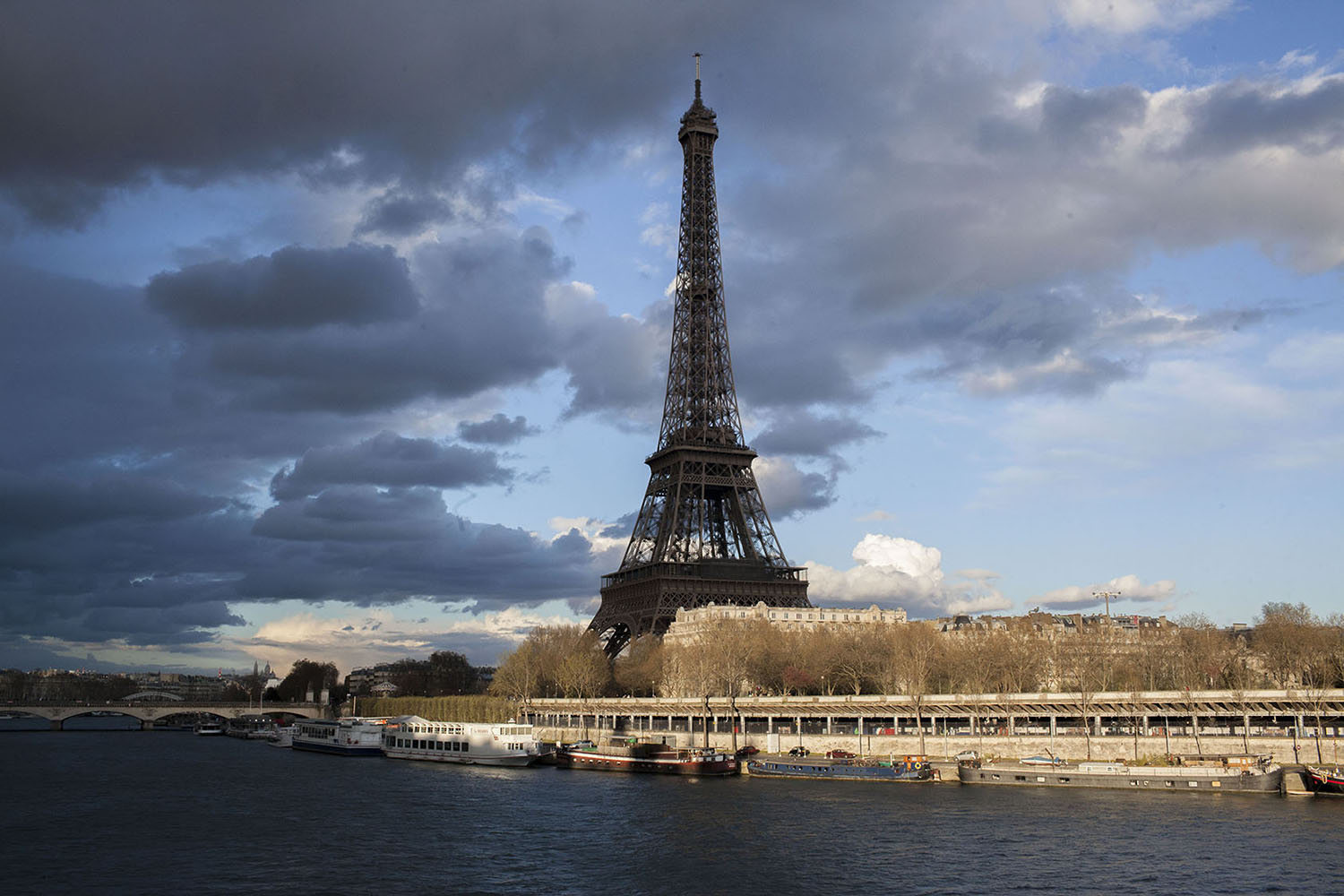
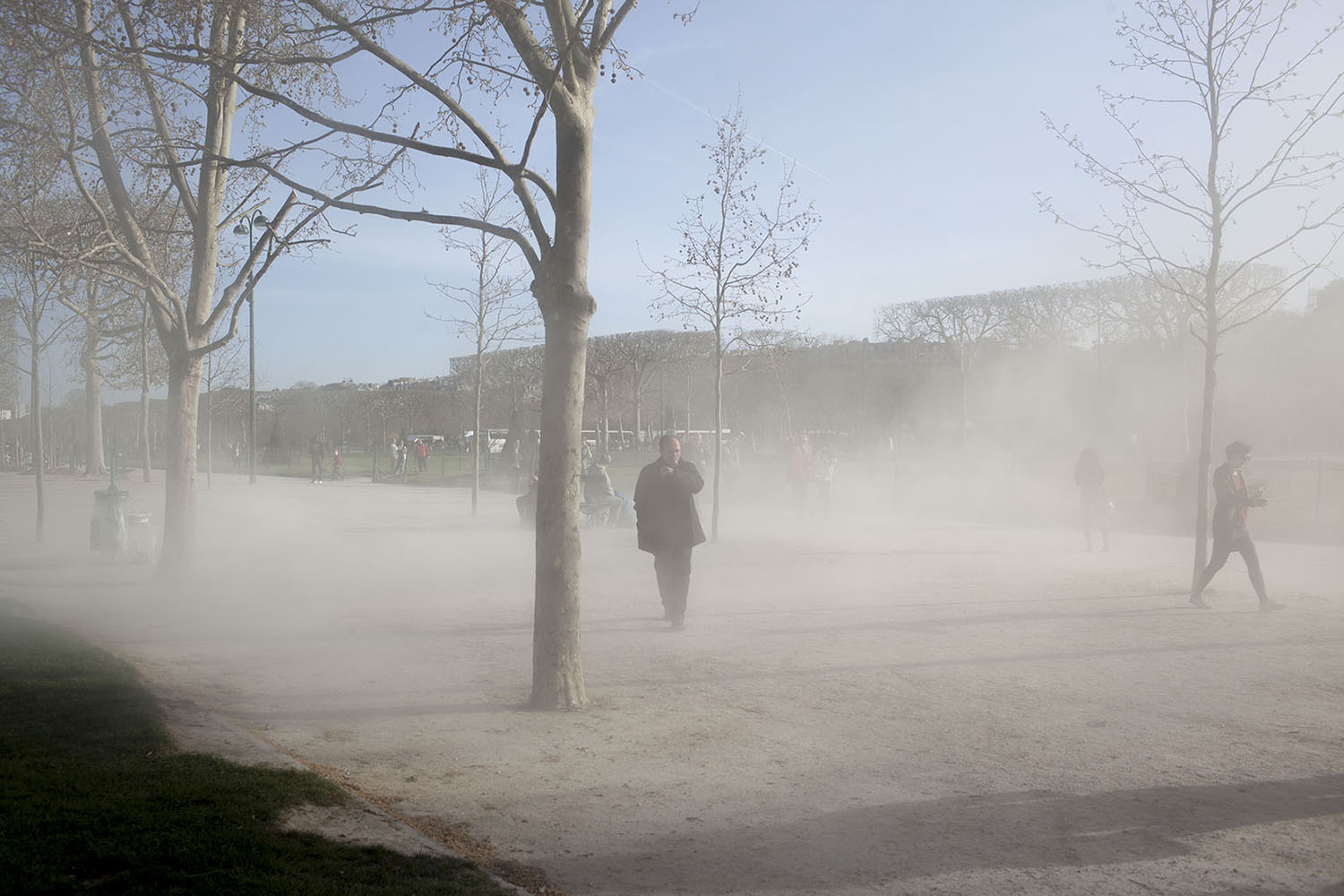


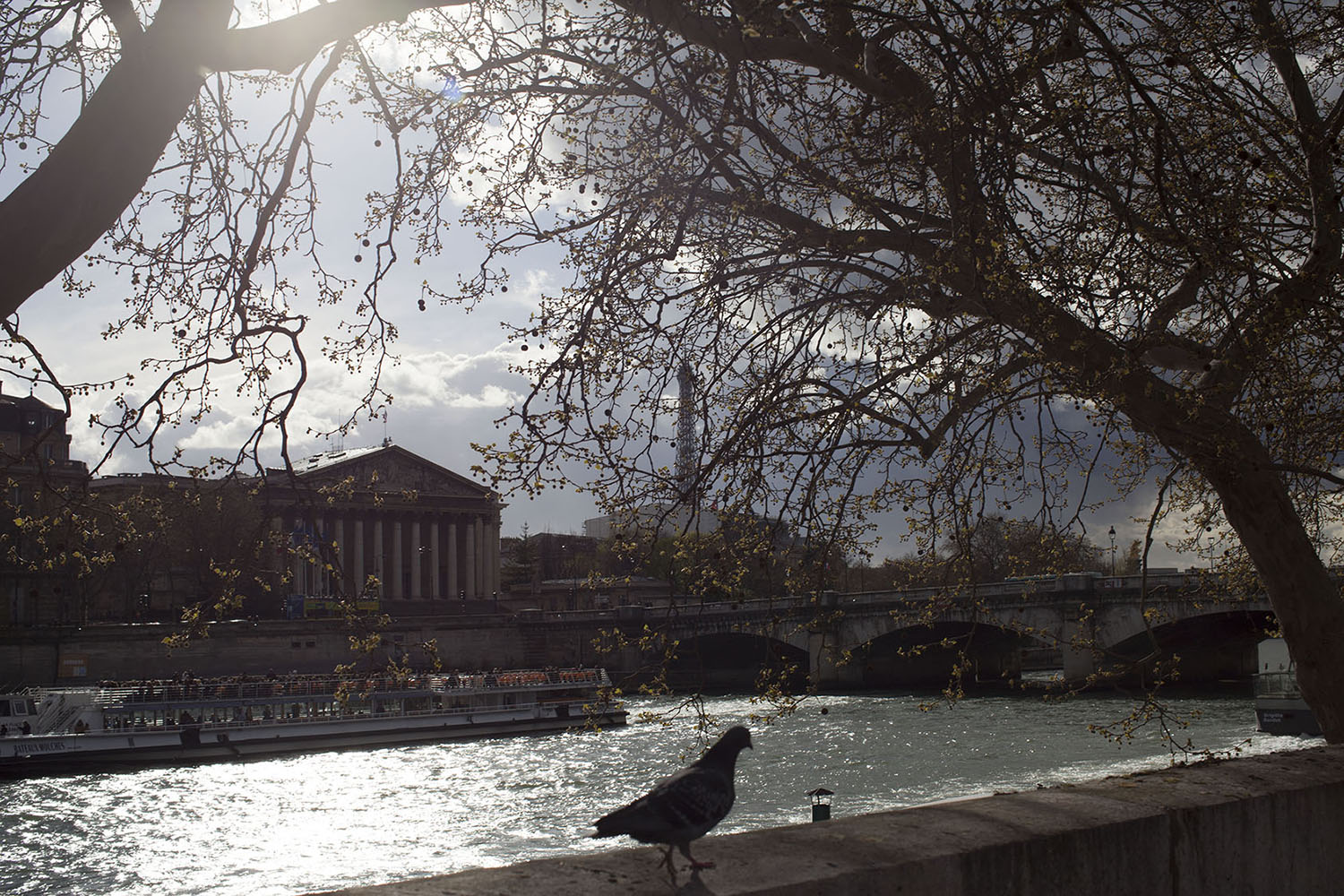
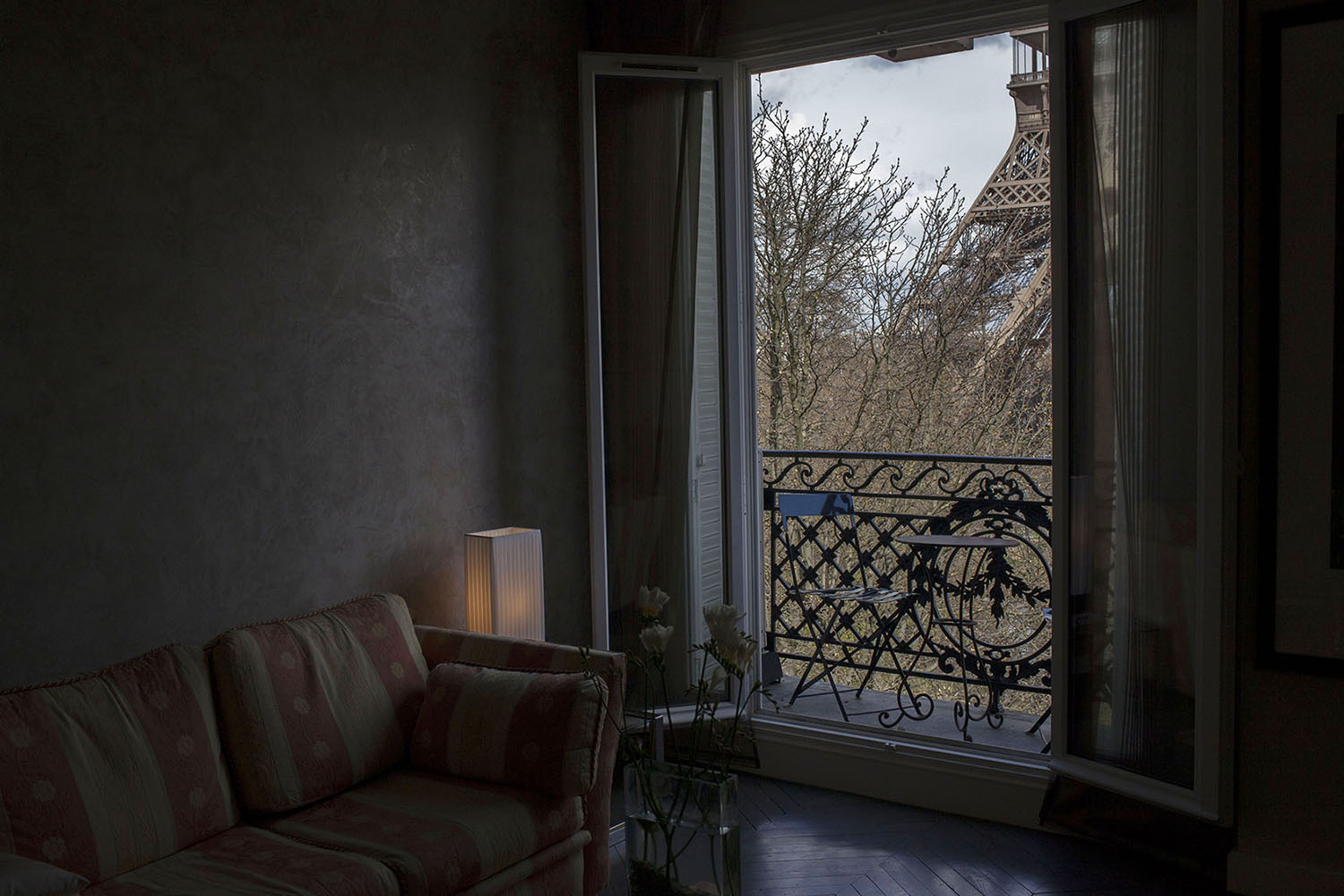

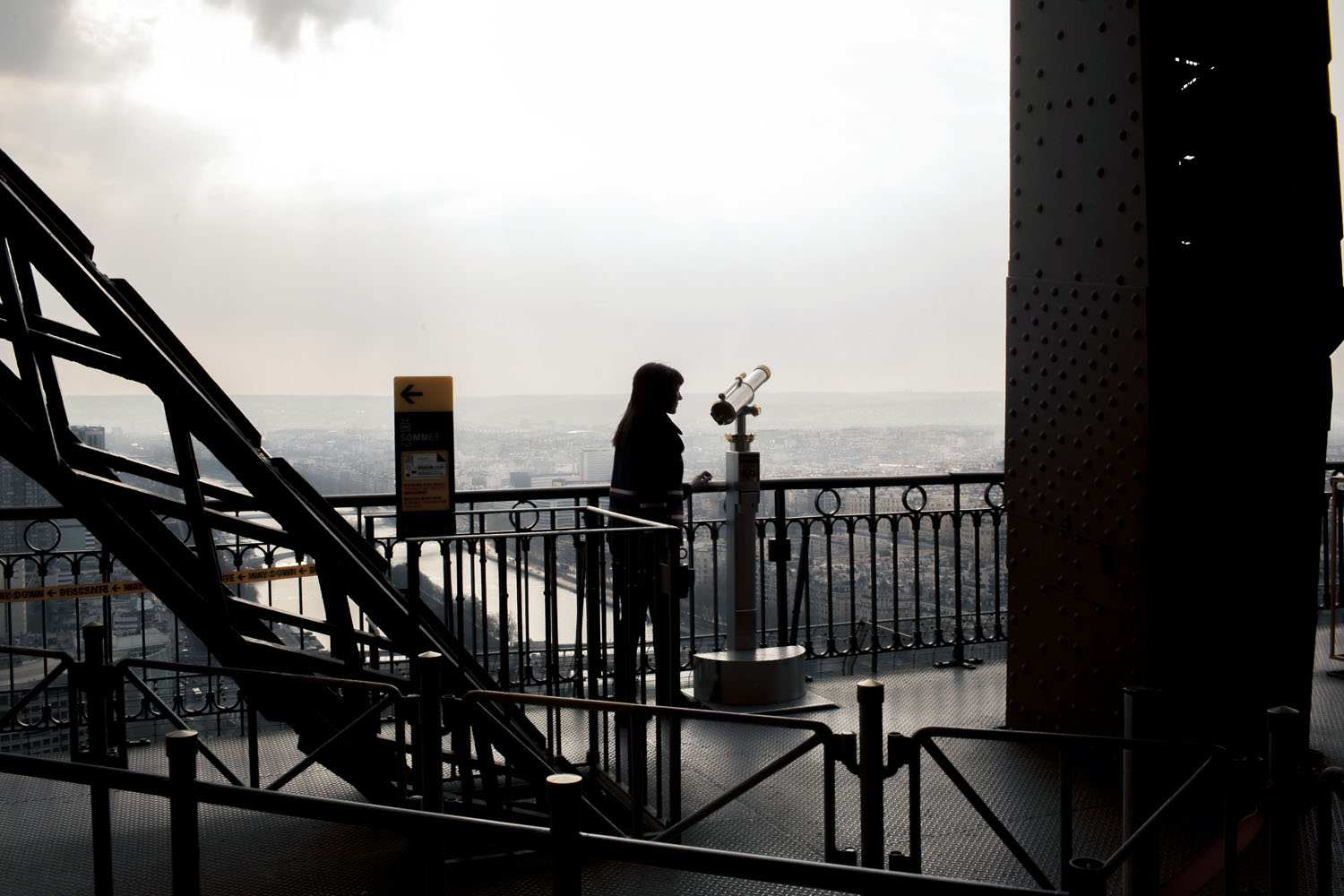


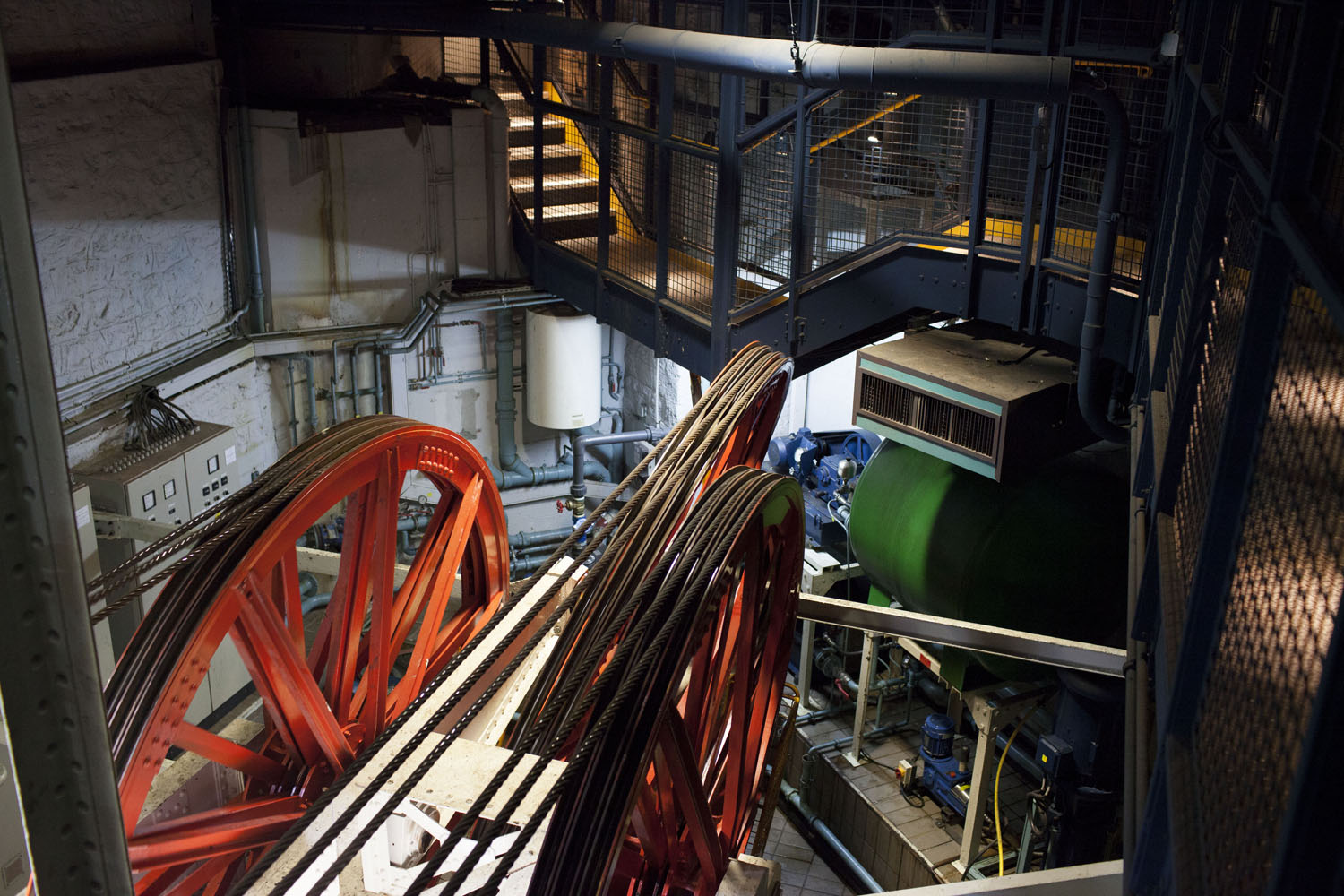

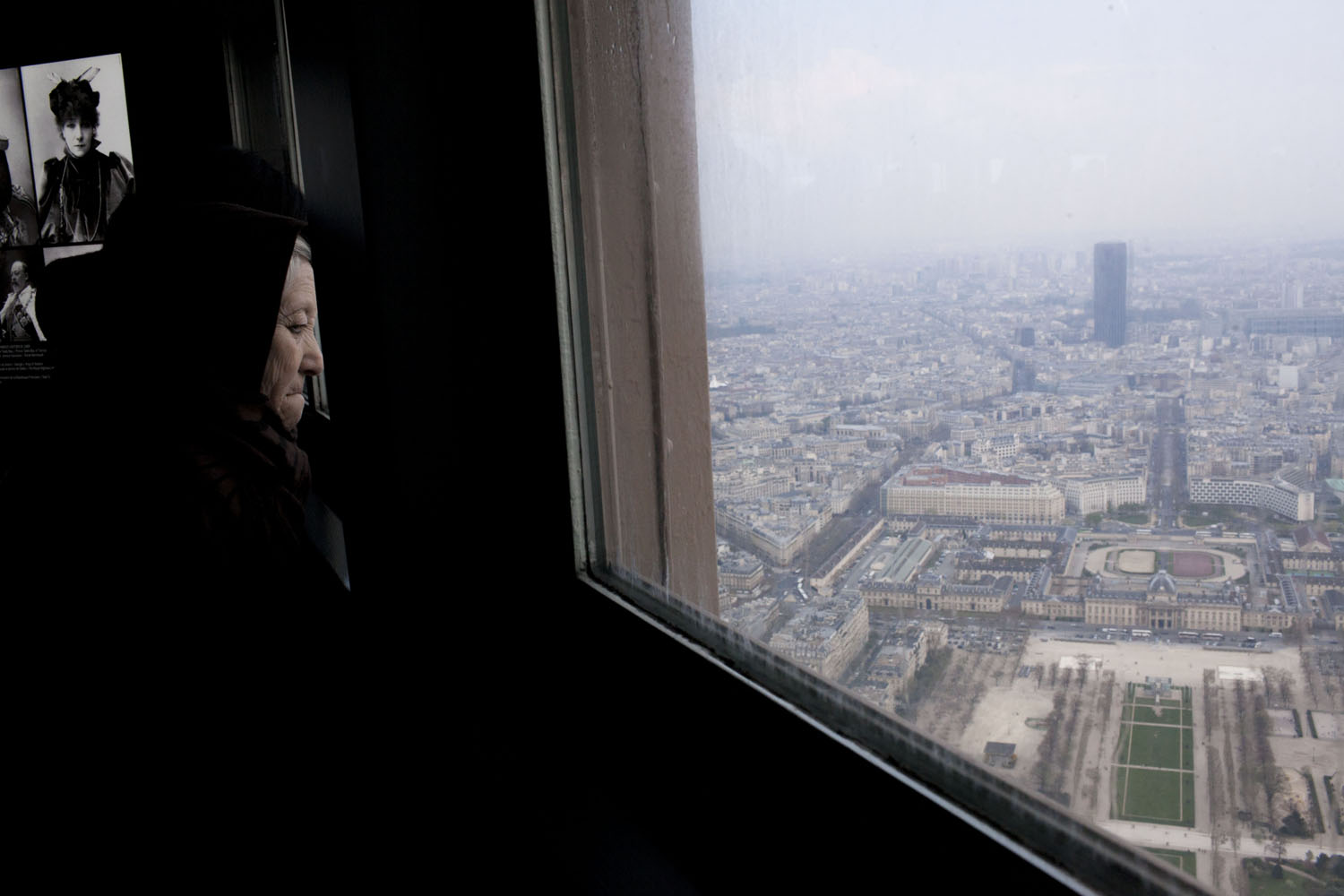
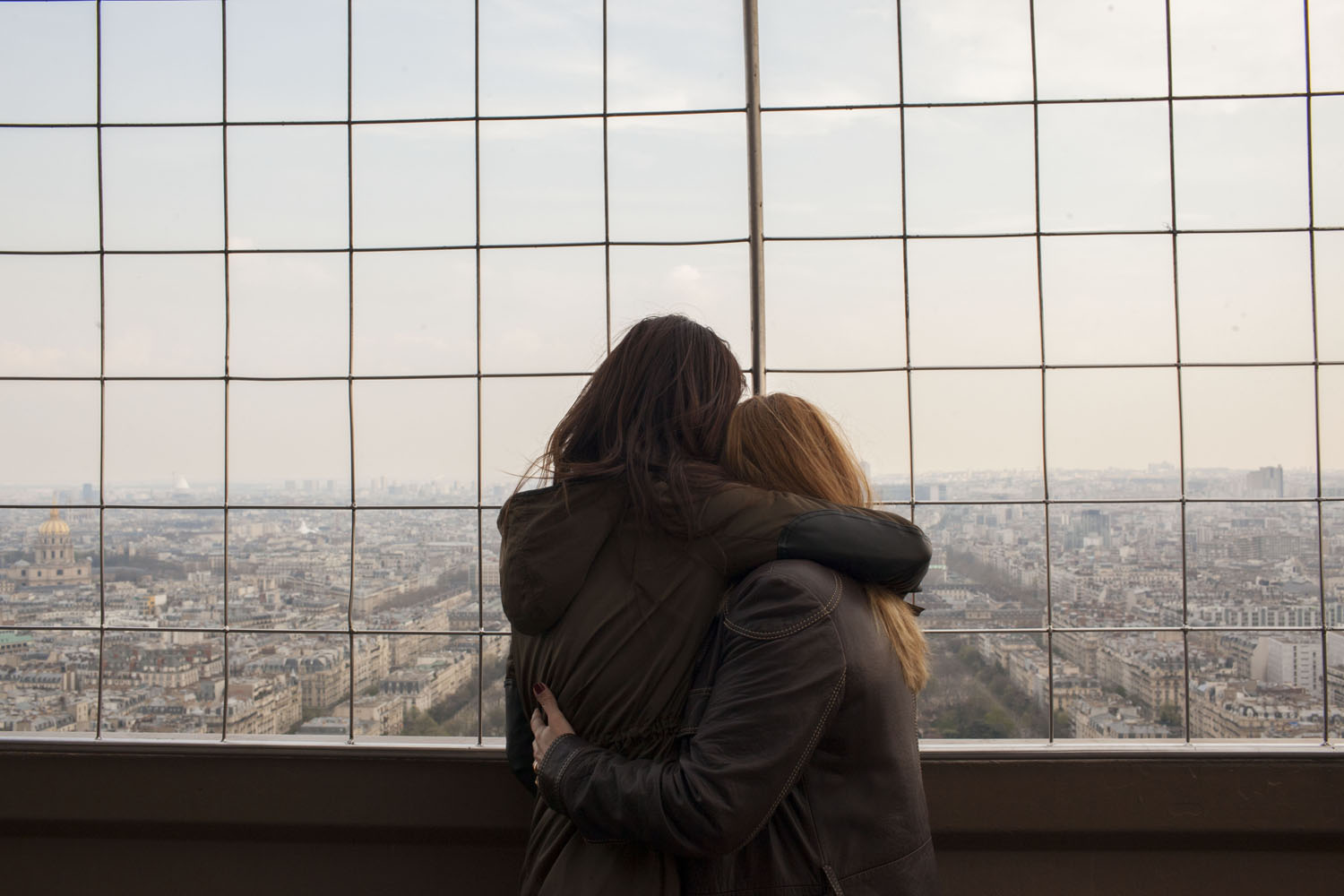

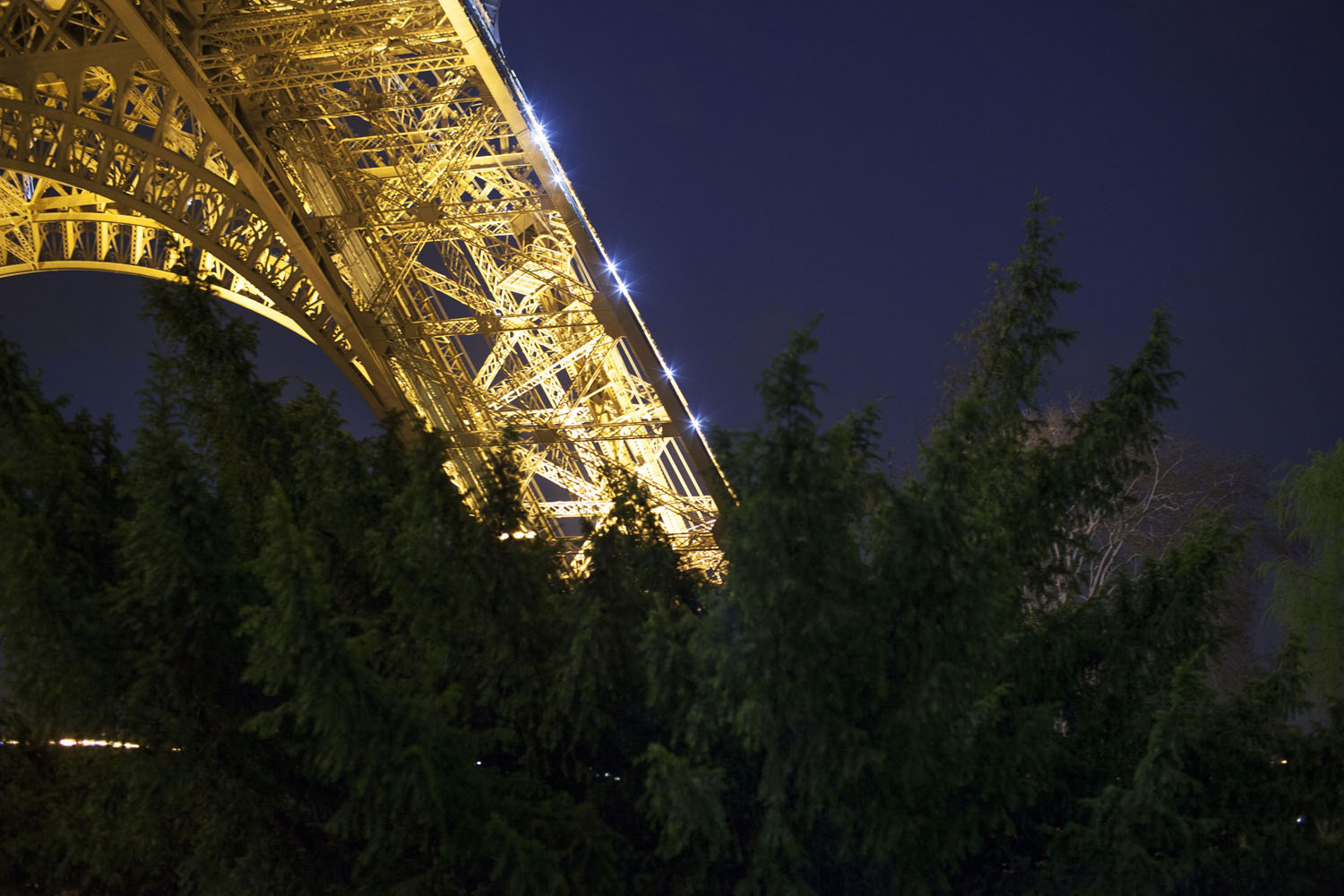

More Must-Reads from TIME
- Donald Trump Is TIME's 2024 Person of the Year
- Why We Chose Trump as Person of the Year
- Is Intermittent Fasting Good or Bad for You?
- The 100 Must-Read Books of 2024
- The 20 Best Christmas TV Episodes
- Column: If Optimism Feels Ridiculous Now, Try Hope
- The Future of Climate Action Is Trade Policy
- Merle Bombardieri Is Helping People Make the Baby Decision
Contact us at letters@time.com